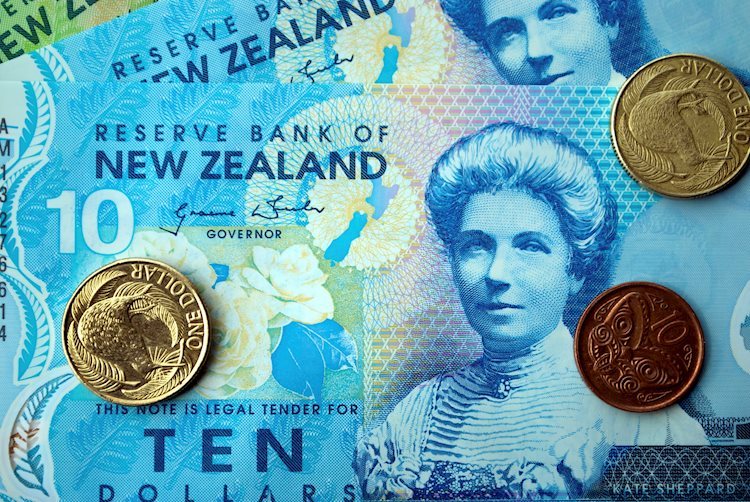The NZD/USD pair is currently retreating to around 0.6020 as the US Dollar continues to strengthen. This is due to rising US Treasury yields and the recent uncertainty surrounding the US political landscape. The US Dollar Index (DXY) has climbed to nearly 104.40, further adding pressure on the Kiwi pair. The International Monetary Fund (IMF) has also revised its US growth projections, forecasting a GDP growth of 2.8% and 2.2% for 2024 and 2025 respectively.
With a fragile market sentiment, the New Zealand Dollar remains vulnerable. The S&P 500 futures saw a sharp decline during European trading hours, indicating a weakening risk appetite among investors. The NZD/USD pair hit a fresh two-month low near 0.6020 after failing to sustain a recovery from the 61.8% Fibonacci retracement level at 0.6050. The bearish momentum is further confirmed by a bear cross between the 20- and 50-day EMAs near 0.6150 and an RSI below 30.00.
The outlook for NZD/USD suggests a potential move towards the August 15 low of 0.5974 and the psychological support level of 0.5900 if the pair breaks below 0.6000. Conversely, a reversal above the October 8 high of 0.6146 could drive the pair towards the 50-day EMA at 0.6173 and the October 4 high near 0.6220.
The New Zealand Dollar, also known as the Kiwi, is influenced by various factors such as the health of the New Zealand economy, the country’s central bank policy, and external factors like the Chinese economy. The performance of China, New Zealand’s biggest trading partner, and dairy prices, as the main export of the country, can impact the value of NZD. The Reserve Bank of New Zealand aims to achieve an inflation rate between 1% and 3% over the medium term, which can affect interest rates and the value of NZD.
Macroeconomic data releases in New Zealand play a crucial role in determining the state of the economy and can influence the valuation of the New Zealand Dollar. Strong economic indicators such as high economic growth, low unemployment, and high confidence are positive for NZD. The currency tends to strengthen during risk-on periods when market risks are low, and investors are optimistic about growth. Conversely, NZD weakens during times of market turbulence and uncertainty when investors seek safe havens.











